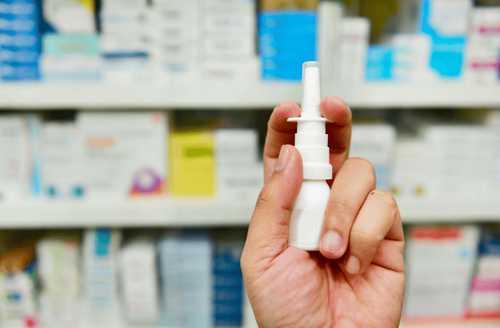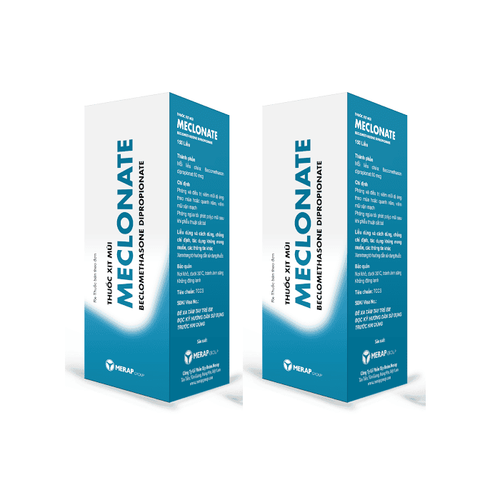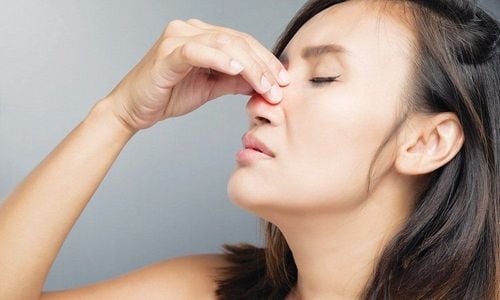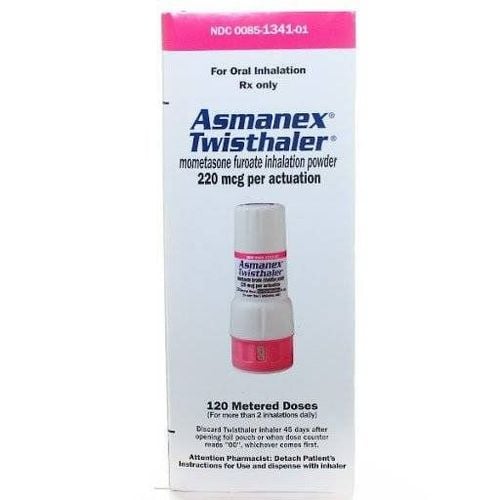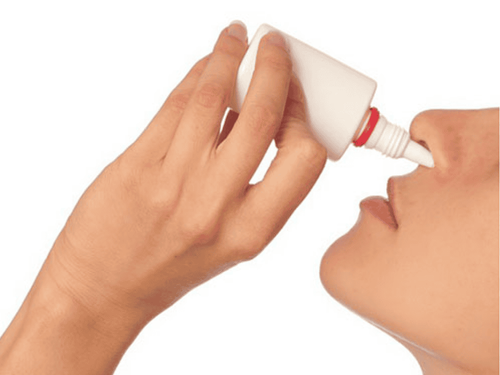This is an automatically translated article.
Phildesona nasal spray is commonly used to treat allergic rhinitis, vasomotor rhinitis, and nasal polyps. So what is the use of the drug Phildesona and how to use it?
1. Uses of the drug Phildesona
Each bottle of Phildesona nasal spray contains 10mg of Budesonide, which is a corticosteroid with pronounced anti-inflammatory, anti-allergic and immunosuppressive effects. Budesonide, like other corticosteroids, reduces inflammation by reducing prostaglandin synthesis by activating phospholipase A2.
Corticosteroids increase the concentration of some phospholipids across the membrane causing inhibition of prostaglandin synthesis. These drugs also increase levels of lipocortin, which is a protein that reduces the phospholipid substrate of phospholipase A2. In addition, corticosteroids also reduce capillary permeability by inhibiting the activity of kinins and bacterial endotoxins, the drug also works to reduce the amount of histamine secreted by basophils.
Phildesona nasal spray is indicated in the following cases:
Prevention and treatment of rhinitis: allergic rhinitis and vasomotor rhinitis. Treatment of nasal polyps: Prevention of recurrence of nasal polyps after polypectomy. Phildesona is contraindicated in people with hypersensitivity to budesonide or to other ingredients in medicinal preparations.
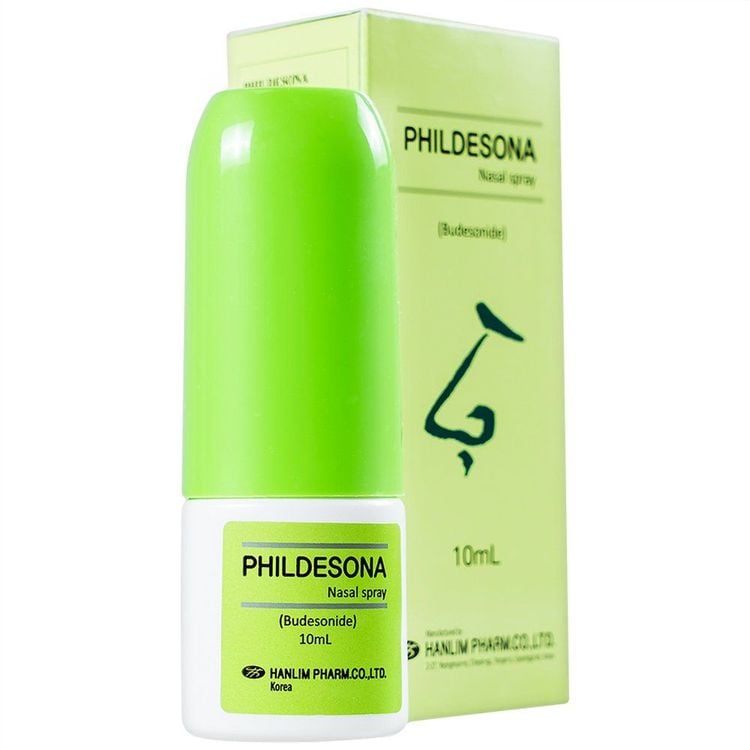
Thuốc xịt mũi Phildesona thường được sử dụng để điều trị viêm mũi dị ứng, viêm mũi vận mạch và polyp mũi
2. How to use Phildesona
Before using Phildesona nasal spray for the first time, you need to fill the nozzle with medicine. To do this, you need to shake the pill bottle and open the protective cap. Hold the medicine bottle upright and pump a few times (5 - 10 times) into the air until you see a layer of mist.
The effect of this injection persists for about 24 hours. If it takes longer to use again, you will need to refill the spray nozzle. The next time, you only need to pump 1 time into the air before use is enough.
How to use Phildesona nasal spray is as follows:
Shake, open the protective cap of the bottle, hold the bottle upright with each finger holding each side at the nozzle. Place the tip of the ampoule into the nostril and press the nozzle down once or as many times as directed by your doctor. Then, spray the medicine into the other nostril in the same way. After use, the nozzle part needs to be wiped clean with a clean paper towel and covered with the protective cap. You should keep the medicine bottle in an upright position during storage. If the medicine does not pump out, you should check to make sure that the medicine is fully charged to the nozzle. If after pumping again it still does not work, you should wipe the nozzle again according to the following instructions: Open the plastic cap of the nozzle with a clean paper towel and wash it with warm water, do not use hot water. After the nozzle is carefully washed, let it dry and close the cap. Do not remove the nozzle part with a pin or sharp object. After wiping the right nozzle, you need to refill the medicine again before use.
3. Dosage of the nasal spray Phildesona
3.1. For adults and the elderly Rhinitis:
Use Phildesona nasal spray: 1 time / day, in the morning spray 4 doses (200 micrograms) into each nostril. After getting good effect, you can reduce to 1 dose in each nostril. Phildesona nasal spray can also be used twice daily in the morning and evening as 2 sprays (100 micrograms) in each nostril). Treatment of nasal polyps:
The recommended dose is 200 micrograms, 2 times a day in the morning and evening spray 2 doses (100 micrograms) for each nostril. Treatment with Phildesona nasal spray can last 3 months.
Currently, we do not have sufficient data to recommend in children. Therefore, parents when using Phildesona nasal spray for children need to consult a doctor, use it regularly and maintain at the lowest dose, but still effectively control symptoms.
Note: The above dose of Phildesona is for reference only. The specific dose will depend on the condition and disease progression of each patient. To get the right dose, you need to consult a specialist.
Symptoms of Phildesona nasal spray overdose include irritation and burning sensation in the nasal mucosa, sneezing, runny nose, nasal congestion, headache, nasal ulcers, nosebleeds, Candida infection in the nose and throat .
In case of overdose, adrenal suppression may occur. At this point, a decision should be made to discontinue or discontinue corticosteroids.
If you forget a dose of Phildesona nasal spray, take it as soon as possible. However, if it is almost time for your next dose, skip the missed dose and take your next dose at the scheduled time. Note: You should not double the prescribed dose.
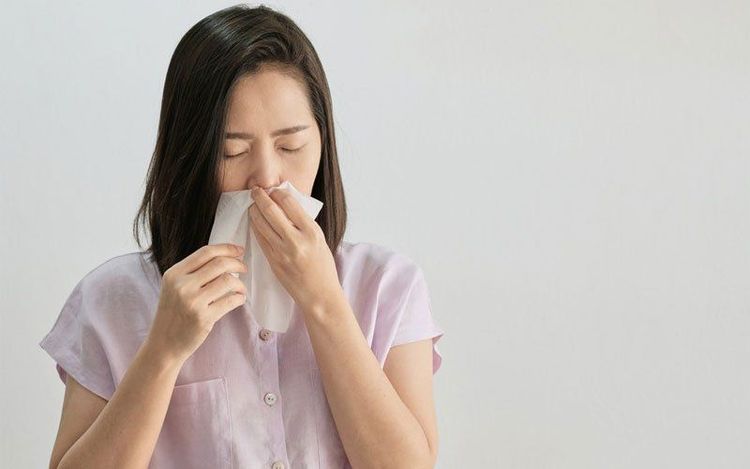
Thuốc xịt mũi Phildesona được chỉ định trong phòng ngừa và điều trị viêm mũi
4. Phildesona nasal spray side effects
Rare side effects of Phildesona nasal spray include:
Hypersensitivity reactions such as rash, angioedema. Mucous membrane ulceration, nasal septum perforation. Glaucoma, glaucoma. Other possible side effects when using Phildesona nasal spray are:
Sneezing Nasal pain, dry nose Hemorrhage, light nosebleeds. When experiencing side effects of the drug Phildesona, you need to stop using and inform your doctor or immediately go to the nearest medical facility for timely treatment.
Phildesona nasal spray is commonly used to treat allergic rhinitis, vasomotor rhinitis, and nasal polyps. To ensure effectiveness, patients need to carefully read the instructions or consult a doctor or pharmacist.
Follow Vinmec International General Hospital website to get more health, nutrition and beauty information to protect the health of yourself and your loved ones in your family.
Please dial HOTLINE for more information or register for an appointment HERE. Download MyVinmec app to make appointments faster and to manage your bookings easily.




